
Cereal grains have been a nutritional staple for thousands of years and are still the single most important source of calories for 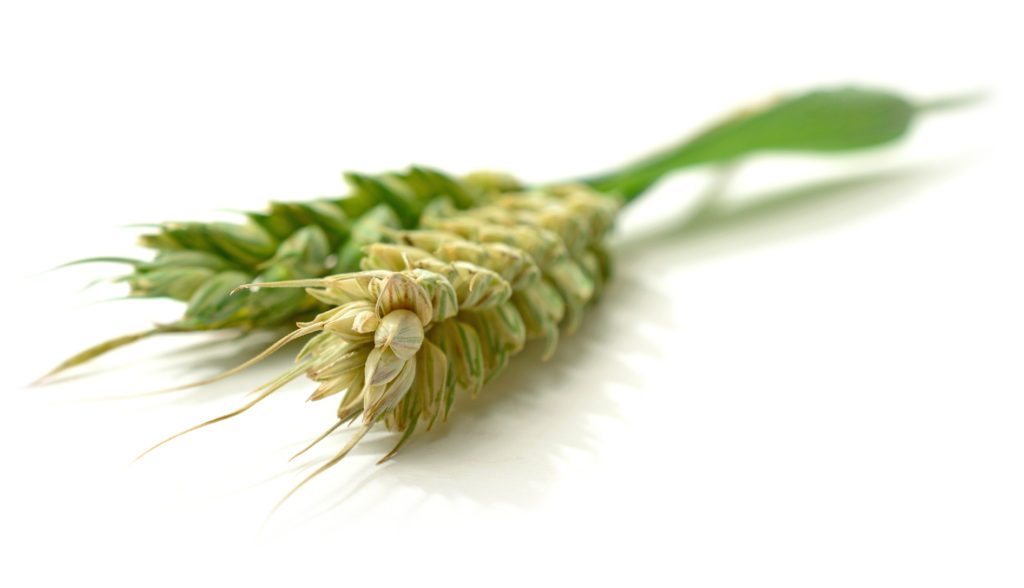 most of the world’s population.
most of the world’s population.
Among the three primary grains (including rice and corn) that account for 90 percent of all cereal production today, wheat is our leading source of dietary protein. Wheat’s exceptional adaptability to a wide variety of growing conditions makes it the world’s most widely cultivated food plant. Every month of the year, a wheat crop is harvested somewhere.
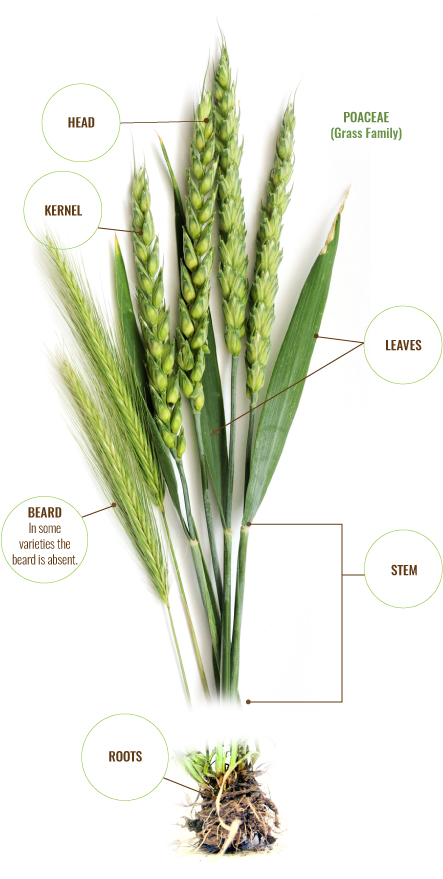 The Wheat Plant
The Wheat Plant
Cultivated wheat varieties vary greatly, but all are annual grasses. Wheat’s principal parts are its roots, clums (stems), leaves and spikes (heads).
Wheat’s kernels are the main part of the plant used as food. Each kernel, produced in the spikes at the top of the stems, contains a germ and serves as the seed of the plant.
When wheat is threshed using modern equipment, its grains are beaten free from the other parts of the plant and separated from the wheat straw and chaff mechanically using screens and blasts of air. The straw is often used as feed and bedding for animals.
![]()
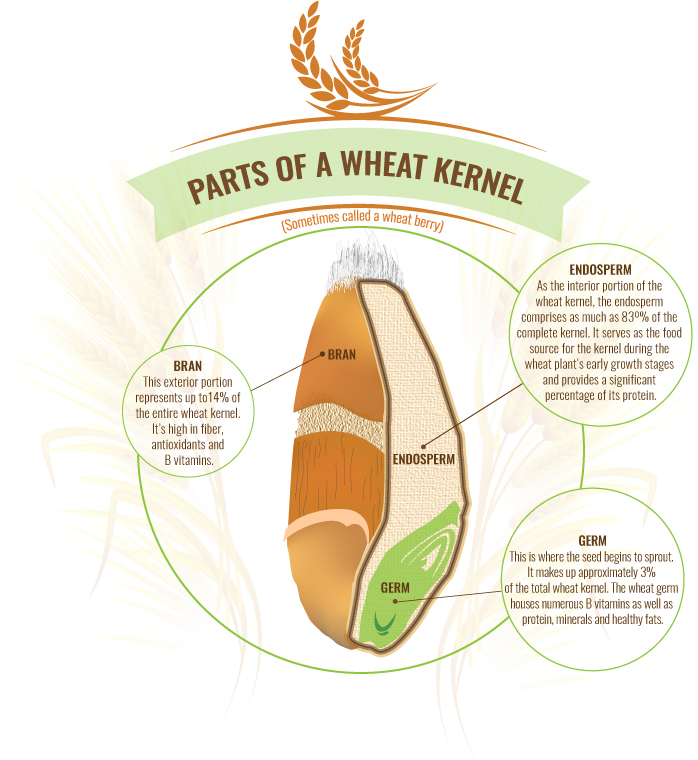
Wheat Classification
Wheat is classified according to the growing habits of the plant, color of the wheat kernel and texture/hardness of the ripened grain. All of the more than 200 varieties of wheat grown in the U.S. are divided into classes based on these three features.
There are distinct spring and winter types of wheat. Winter wheat is planted and starts to grow in the fall, goes into dormancy during the winter and is harvested the following year. Spring wheat is planted during its namesake season and harvested the same year.
The bran layer of the wheat kernel can characteristically be divided into the colors of red and white. Red wheat is darker and represents most of the wheat grown in the U.S. White wheat is lighter in color and is a more specialized classification grown only in certain regions.
Finally, wheat is divided according to whether it’s hard or soft. Hard wheats contain more protein and are used principally for bread flour or other products that require greater dough strength. Durum, a hard wheat, is used for pasta products. Soft wheats are lower in protein and milled primarily into flour for cakes, pastries and crackers.
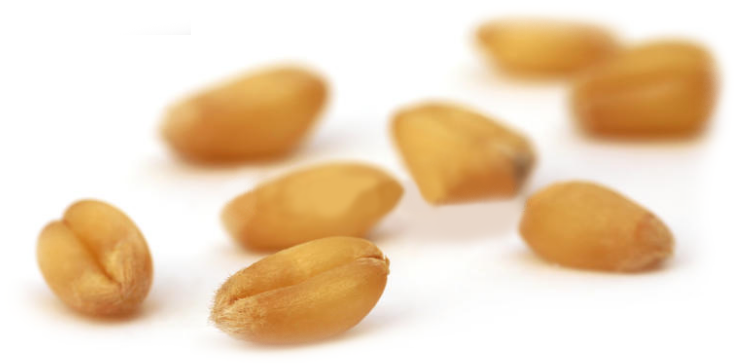
![]()
Wheat Map Territory
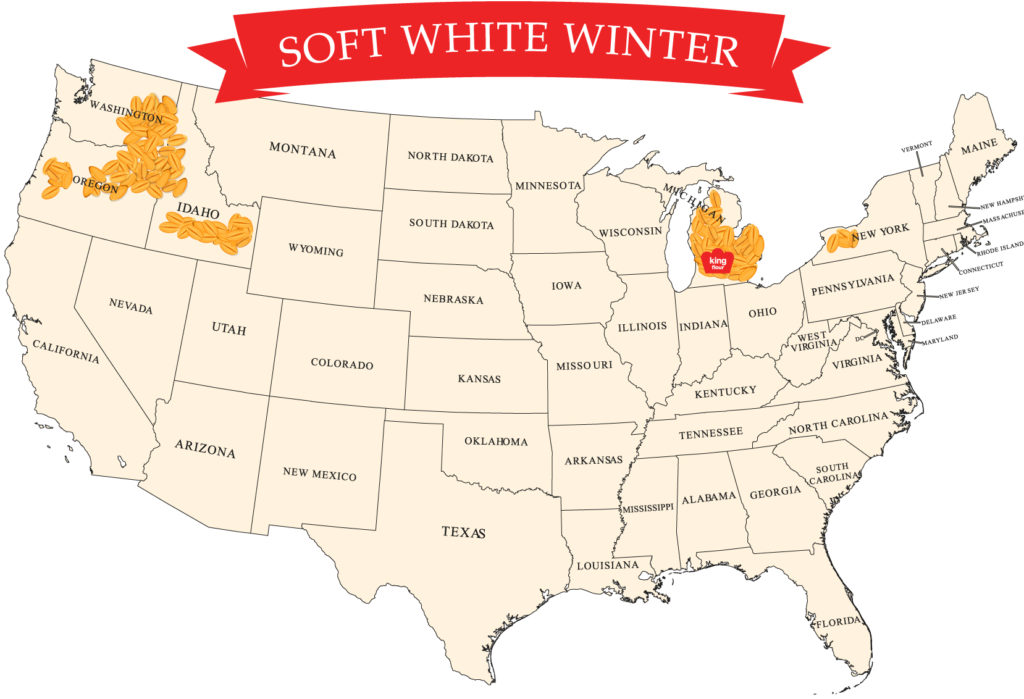
Soft White Winter Wheat
King Milling sources the majority of its Soft White Winter Wheat from farms in the state of Michigan. The white flour made from Soft White Wheat is great for making cookies, pies and many other pastry products. Its bran is highly desirable, and its color and flavor profile make it a great option for whole wheat products.
![]()
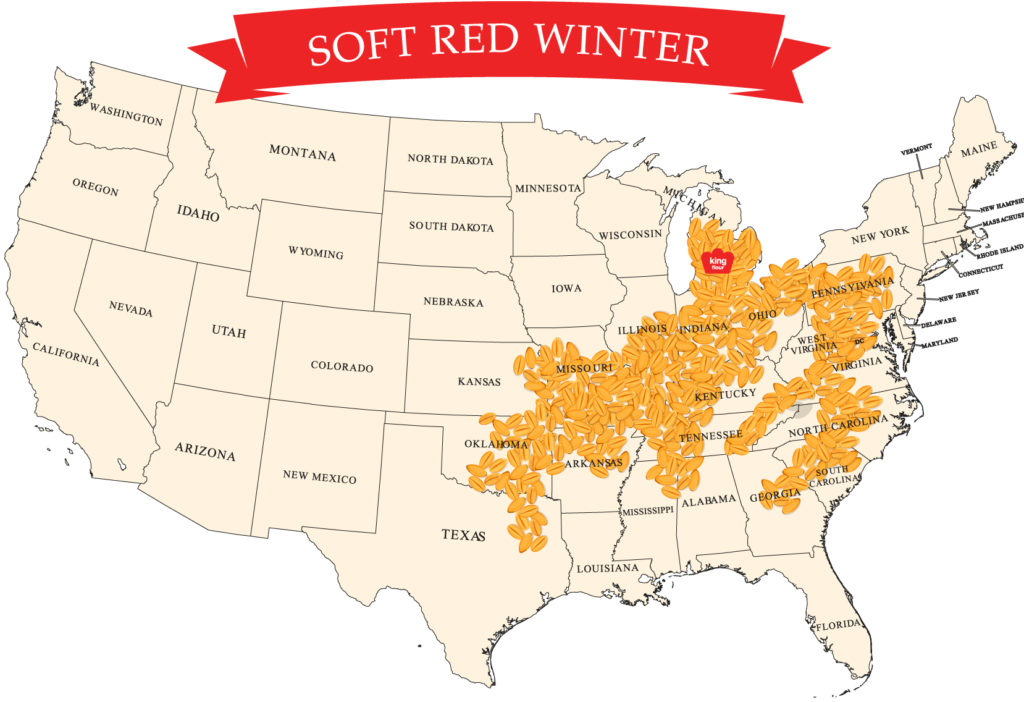
Soft Red Winter Wheat
The majority of Soft Red Winter Wheat sourced by the King Milling Company is grown on farms in the State of Michigan. The white flour made from Soft Red Wheat is great for making cookies, pies and many other pastry products.
![]()
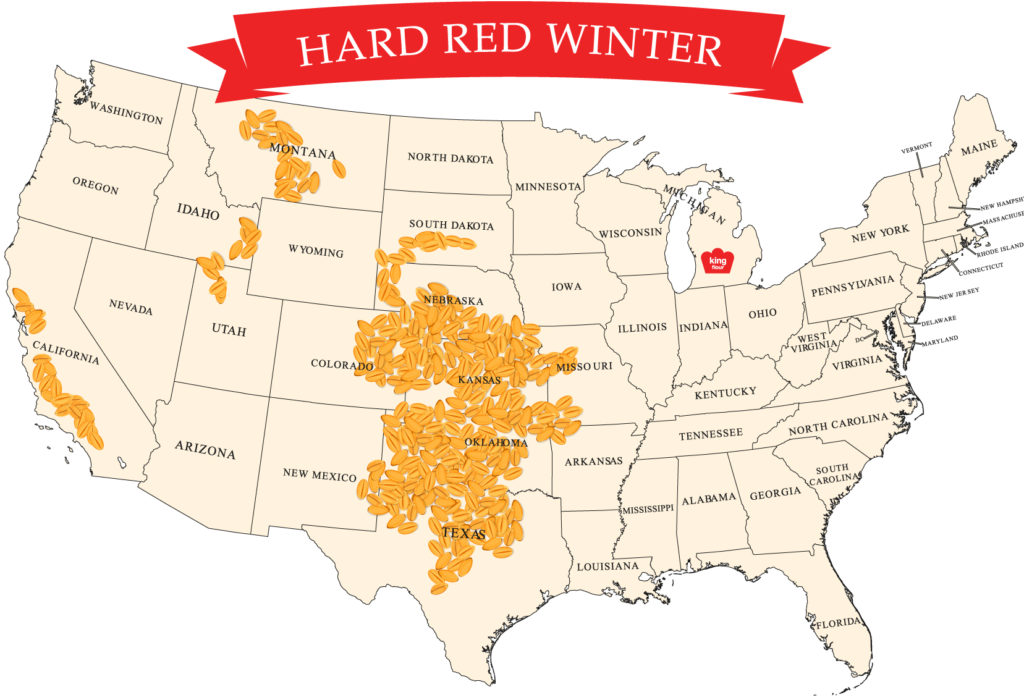
Hard Red Winter Wheat
Hard Red Winter Wheat is grown on farms in the central plains states. It is shipped to the King Milling Company by rail where it is used to produce high quality bread flours.
![]()

Hard Red Spring Wheat
Hard Red Spring Wheat is grown on farms in the north-central plains states and is also shipped to the King Milling Company by rail. Like its name implies, Hard Red Spring Wheat is planted in the spring. It is grown for its higher protein and is used to add strength to bread flour or for making flatbreads and pizza dough.


